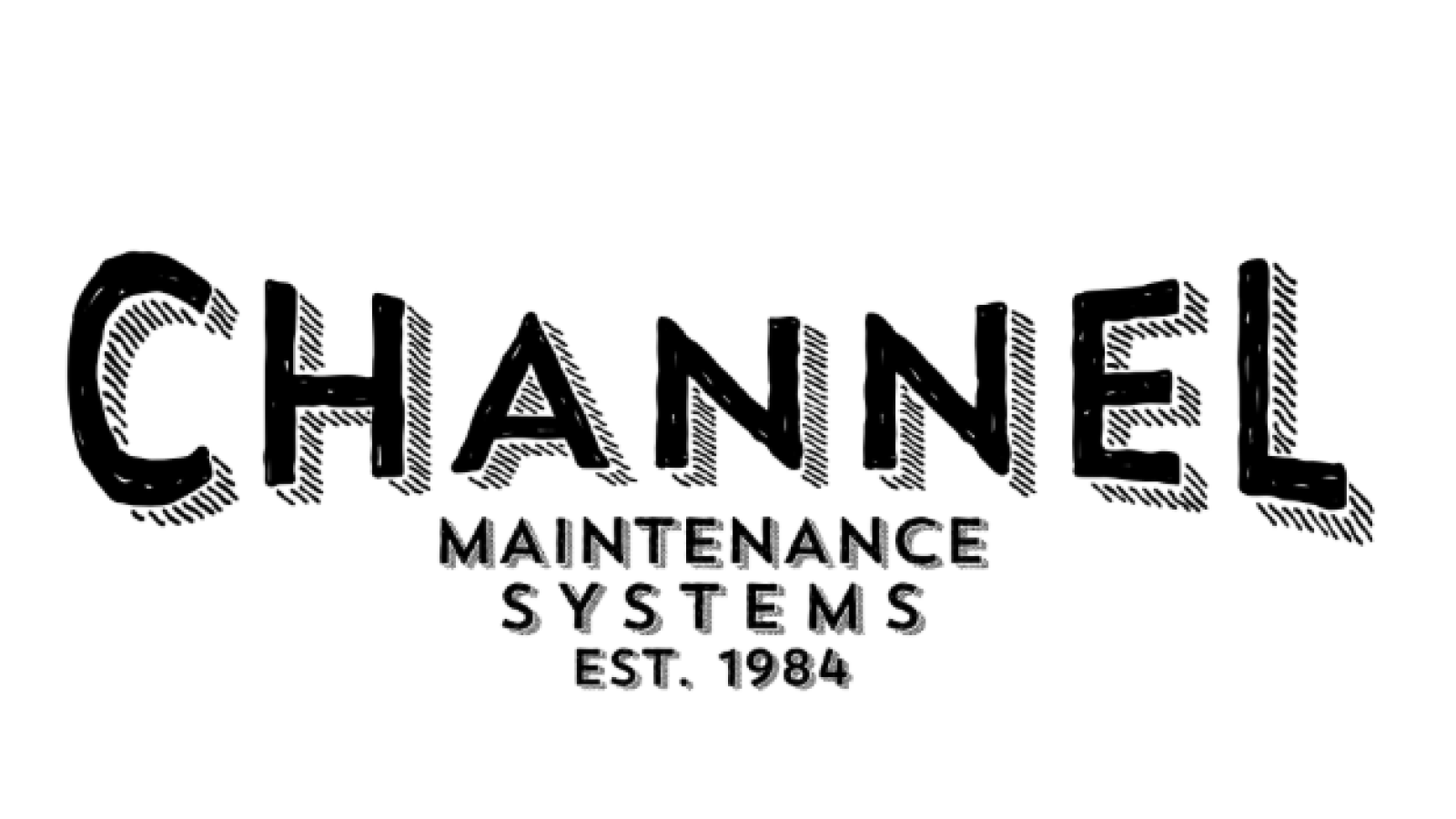Copyright ibtimes

Channel Maintenance Systems (CMS) celebrates restoring natural waterways and resilient ecosystems as it approaches 10 years of renewed operations, completing over 100 successful projects protecting roads, bridges, land, and valuable infrastructure. Building on roots in the 1980s, the firm has spent the past decade advancing stream restoration across Ohio, stabilizing banks, realigning channels, and supporting habitat recovery through site-sensitive methods."This milestone reminds us that attentive, grounded work can renew the bond between communities and the natural systems that sustain them," says Ron Wine, co-founder of CMS. "For our team, the focus is on refining our craft, listening to each landscape, and honoring the wisdom carried by rivers."This philosophy is reflected in the firm's "let the river do the work" approach to channel management, which emphasizes natural materials and long-term ecological function. Drawing on the George Palmiter River Restoration Techniques, CMS uses large anchored woody structures, rooted elements, and suitable rock to shape flow and guide current in constructive ways. Each installation begins with a detailed site assessment and relies on hand tools, modest equipment, and locally sourced materials to help ensure compatibility with the channel's form and the surrounding landscape."We use strategically placed natural materials and techniques to reshape hydrology, aiming to address erosion and instability at their source," Wine says. "Rather than resisting nature, we work with it, setting the river up to restore itself."The company's commitment to thoughtful, ecologically grounded methods has also led CMS to contribute its expertise to broader research efforts. The firm participated in a study led by the Ohio Research Institute for Transportation and the Environment, which explored this natural approach as a viable alternative for erosion control and stream management across Ohio. The state's ongoing effort to protect the Great Lakes illustrates the urgency of reducing sediment and nutrient runoff. CMS's techniques support this mission by helping prevent erosion and limiting phosphorus and sediment loading into rivers and lakes."Our work is about arranging conditions so the river completes the restoration," Wine explains. "We support the process rather than replace it." That perspective favors solutions that enable channels to find stable alignments and that encourage vegetation and wildlife to reoccupy renewed banks, creating resilience that unfolds over time.To translate this ethos into practice, CMS implements targeted interventions that work with the river's energy and seasonal rhythms. It relocates and secures large woody debris, constructs vegetated deflectors, and anchors brush in strategic patterns that capture sediment in calmer eddies.These elements may accumulate organic material during higher flows, allowing for the gradual rebuilding of banks and fostering plant succession. Native tree and shrub planting reinforces these efforts, helping restore root systems that can stabilize banks and enrich habitat diversity for aquatic and riparian species.CMS's recent projects suggest how its methodology may contribute to meaningful change on the ground. At Yellow Creek, the firm worked to stabilize a heavily eroded streambank and replant native trees within O'Neil Woods Metro Park, aiming to stabilize a major road and support natural rebuilding. Likewise, the Blacklick Creek Greenway project outside of Columbus sought to reduce erosion near a well-used bikeway by gently realigning the stream channel through site-sensitive techniques. These efforts reflect CMS's broader approach that encourages ecological recovery, helping strengthen the relationship between natural systems and community infrastructure over time.As Channel Maintenance Systems marks 10 years of renewed operations, it envisions regional growth into neighboring Midwestern states, where similar conditions and restoration needs offer fertile ground for its methods. CMS's proven techniques are cost-effective and environmentally friendly. The company is actively driving meaningful change through strategic regional outreach, with national expansion now on the horizon. At the same time, CMS is deepening its educational mission, offering hands-on demonstrations and field-based learning to help engineers, agencies, and communities experience the effectiveness of its approach firsthand.



